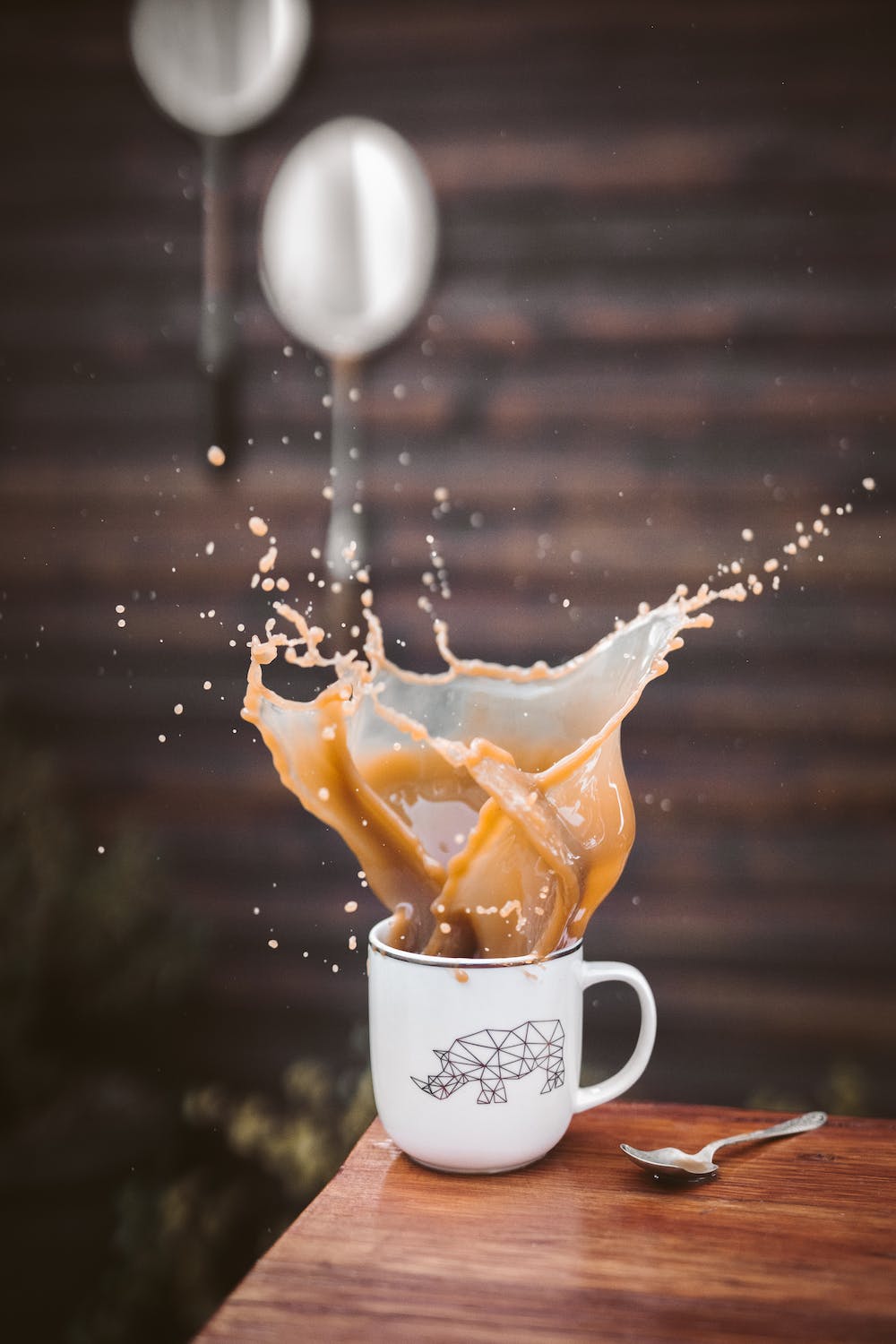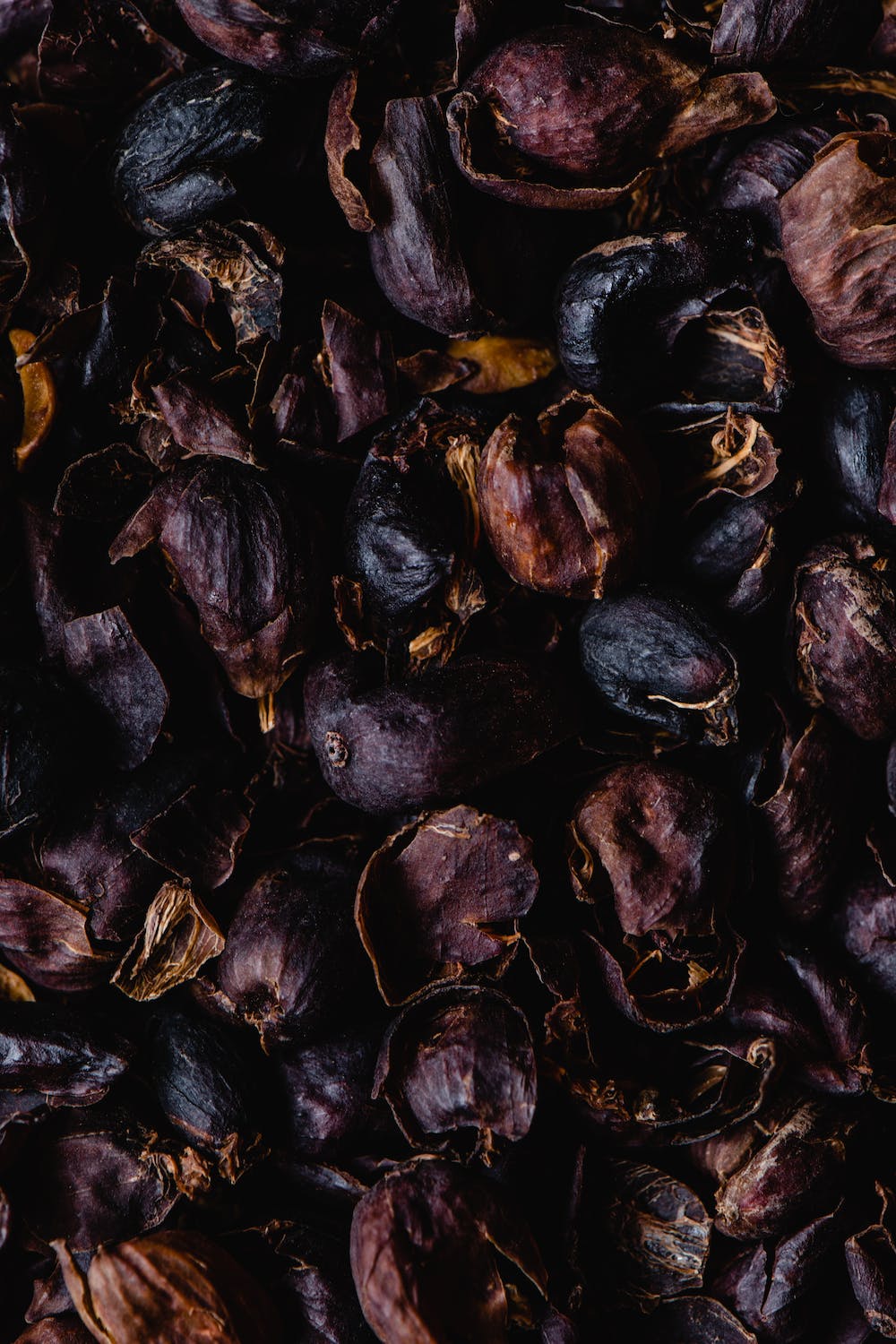When we think about innovative sustainable products, the first thing that pops into mind is the necessary provisions that we consume daily. Have you ever noticed your local coffee shop switching out traditional plastics for sustainable replacements? Some takeaway cutlery may feel heftier than usual, as they are built to be reusable, to a certain extent at least. Did you know you could manufacture coffee cups and straws from recycled chaff collected after roasting coffee? Chaff is the outer layer of the coffee bean that can be recycled to create various products. Recycling chaff involves collecting it from the roaster, cleaning it, and then pulverizing it into a fine powder. The powder is mixed with a binding agent and molded into the desired shape; the resulting products are biodegradable and compostable. Coffee straws and cups made from recycled chaff are most commonly found in specialty coffee shops and will continue to gain popularity as businesses adopt more environmentally-friendly practices. Using these recycled products is not only a sustainable habit, but it also supports the coffee industry by repurposing waste materials to reduce its environmental impact, which is known for being one of the most polluting sectors in the world.

Coffee cherry tea, more commonly known by its moniker, Cascara, is a relatively new addition to the specialty coffee industry. The dried husks of coffee cherries have grown in popularity as a sustainable alternative to traditional coffee products. Cascara is particularly popular in Latin American countries, such as El Salvador and Honduras, where coffee cherry tea has been traditionally consumed for centuries. However, it has also gained popularity in the United States and Europe as a specialty coffee product.
The coffee cherry tea offers a different flavor experience from traditional coffee, which makes it an exciting alternative for coffee enthusiasts looking to explore new sensory experiences. Its unique flavor profile is just one of many reasons that sparked rapid growth in its popularity as a sustainable alternative to traditional coffee beverages. Cascara has a unique, peculiar palate that is fruity and sweet, with notes of dried fruit such as raisins, cranberries, and apricots. Some even find hints of dark chocolate or nuttiness.
Another reason why cascara is becoming a popular alternative drink is its sustainability element. As coffee is harvested, the cherries are typically removed from the plant, leaving the husk behind, which is usually discarded. With cascara, they are used to create a different product, allowing coffee farmers to get more value out of their crops, which is why cascara is often referred to as a “zero-waste” product, as it repurposes what would otherwise be waste material. On top of which, it is a caffeine-free alternative to traditional coffee, containing negligible levels of caffeine, making it an excellent option for those who are sensitive to caffeine or are looking to reduce their intake.
The growth of cascara can be attributed to the increasing awareness of sustainable alternative coffee beverages. Its growth in the past five years has been significant. According to market research by Mordor Intelligence, the global cascara market is expected to grow at a compound annual growth rate (CAGR) of 12.2% between 2020 and 2025.

Another rising star in alternative beverages is coffee flower tea, also known as “coffee blossom tea.” The delicvate flowers of the coffee plant bloom with the coffee cherries but are typically overlooked during harvest as the cherries are the star of the show. Coffee blossom tea has a distinct aromatic floral bouquet, often associated with jasmine, honey, and citrus notes. One of the most sought-after varieties of coffee flower tea is the “Geisha” varietal, known for its complex and nuanced flavor profile.
Coffee flowers bloom for a short period, and only a tiny percentage of coffee plants produce flowers suitable for harvesting. Additionally, the harvesting process for coffee flower tea is labor-intensive and requires skilled workers to hand-pick the delicate flowers. Once the flowers are harvested, they are immediately dried to preserve their flavor and aroma. The dried petals are then packaged and sold as loose leaves or in tea bags. The end stage is when it is brewed in a café and served as a specialty tea. Albeit, it is an increasingly popular beverage at specialty coffee shops that commands a high retail price thanks to its rarity.
Coffee blossom tea is quickly becoming a sensation as it appeals to those looking for a non-conventional specialty beverage. Like cascara, repurposing what would otherwise be waste material from the harvesting process is becoming increasingly important to consumers looking for products that align with their values of sustainability. Moreover, the caffeine-free option caters to a broader audience, and the rarity of the product, coupled with the labor-intensive harvesting process, contributes to its premium status.
These prized flowers are not only used to brew tea. Coffee honey is a rare commodity manufactured by bees that pollinate the coffee flowers, producing a sweet nectar that is unlike traditional honey. Coffee honey is typically produced in regions where coffee is difa specialty. Making coffee honey can benefit coffee producers in several aspects. The main benefit is that it improves the pollination of coffee plants, which increases the yield and quality of the coffee beans. When bees pollinate coffee flowers, it results in a higher fruit set, which leads to more cherries and higher income for the farmers. Diversifying their revenue streams through additional resources is especially important for farmers in developing countries where coffee prices are often low and unpredictable.
Specialty coffee shops want to sell coffee honey as it is a delicious product that captures the hearts of coffee enthusiasts. It is said to have a thicker consistency than regular honey for connoisseurs. It is often described as floral and aromatic, with a slightly bitter and lingering smokiness akin to dark chocolate. The delectable nectar is the perfect complement to specialty coffee and a great way for coffee shops to differentiate themselves from the competition.
As we traverse down the anatomy of the coffee plant, one product comes to mind — the innovative marvel that is the coffee leaf seltzer. The ingenious ef fervescent drink is concocted by Headstand, a company recognized for its inventive approach to coffee products. As the name suggests, coffee leaf seltzer is made from the leaves of the coffee plant, fermented and carbonated to create a refreshing beverage — light and crisp with a slight hint of coffee and a subtle sweetness.
Like cascara and coffee flower tea, coffee leaf seltzer repurposes what would otherwise be discarded byproduct , catering to the growing consumer demand for sustainable products and minimal waste. It is also a caffeine-free alternative with potential health benefits as the leaves of the coffee plant contain high levels of antioxidants, which are beneficial to our overall health. The fermentation process may also increase the antioxidant levels in the final product, making it a healthier choice than traditional soft drinks. The leaves also contain high levels of chlorogenic acids, which have been linked to weight loss and improved glucose metabolism.
Josh Tarlo, the founder of Headstand, has always been driven by the idea that specialty coffee means paying producers sustainable prices for sustainably grown coffee. His brilliant idea came about in 2016 when Josh spoke to coffee producer Carlos Pola about turning some leaves into a tea for a signature beverage at the World Barista Championship. After tasting the brew, Josh knew he had to share his revelation with others but didn’t know how to get it to people economically.
Carlos Pola is a coffee producer and a partner of Headstand. He has been working with Josh on coffee processing experiments for a long time and was thrilled about the new challenge when Josh approached him with the idea of a coffee leaf seltzer. Together they brainstormed and experimented with different coffee leaf varieties and processes. After some trial and error, they successfully derived a working formula. Josh used the ace recipe in his signature beverage at the 2018 UK Barista Championship, which inevitably won him the title.
During the lockdown, Josh’s interest in healthier drinks grew, and he began making homemade sodas. Then, he realized that a coffee leaf would make a delicious, light, and no-added-sugar seltzer. The duo continued to work on new harvesting and processing methods for a better-tasting seltzer. Josh believes there is potential for growth in the market for coffee leaf seltzer. The coffee leaf could become the next kombucha or CBD with its high antioxidants and anti-inflammatory properties. Still, it brings to the table something that even those drinks cannot, which is to help improve coffee producers’ living standards worldwide.
One of the biggest challenges faced by the company is educating consumers about what it is, what it tastes like, and why it’s good for them and the world. The pandemic gravely affected the market and has highlighted how fragile the system is for coffee producers. The collapse in demand at the beginning was particularly challenging. Nevertheless, Josh is determined to discover new ways to strengthen and enrich the entire value chain, from producers to consumers. Headstand offers a way to do so while enjoying a delicious beverage.
The observable rise in sustainable and healthy products that promote sustainability and add value and support for all within the supply chain may steer the future of specialty coffee. The sky is the limit; this new wave could be a game changer for both consumers and the benefits it brings to the producers.









NO COMMENT